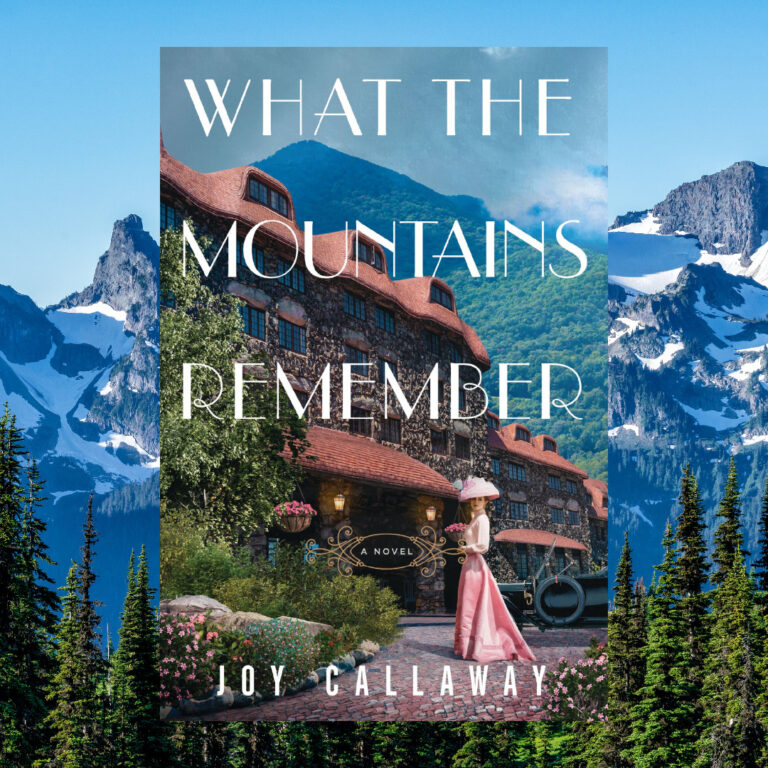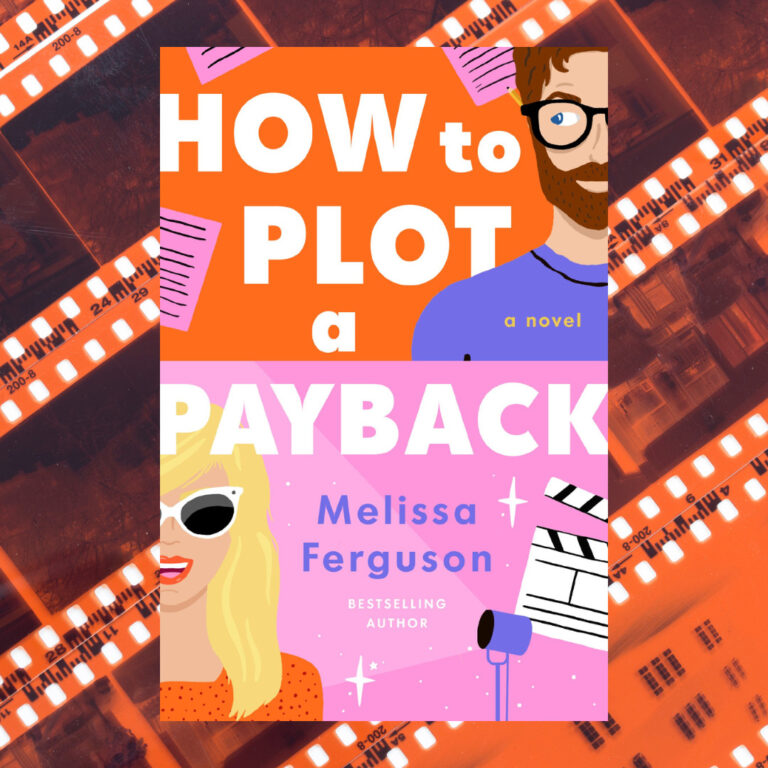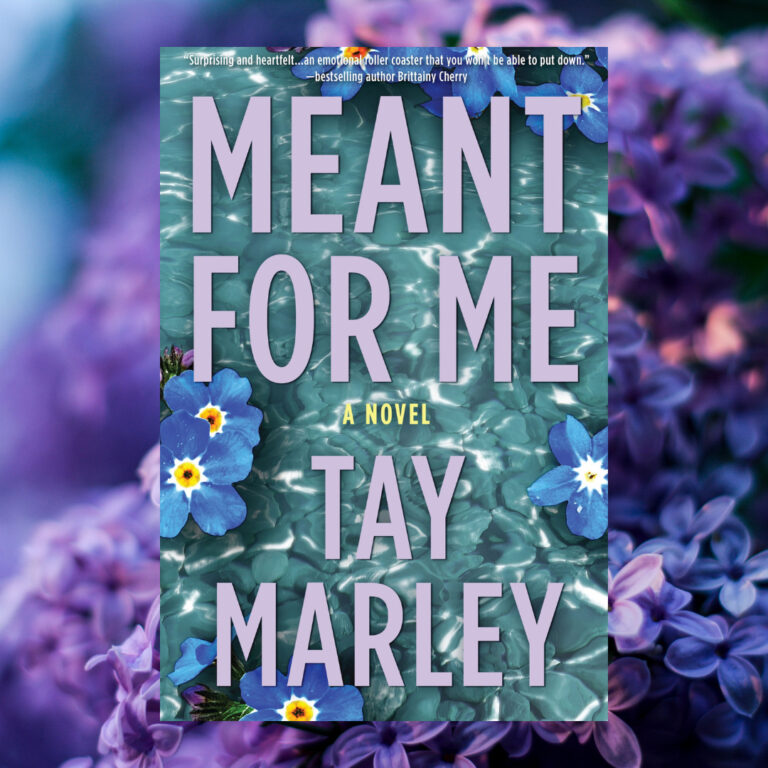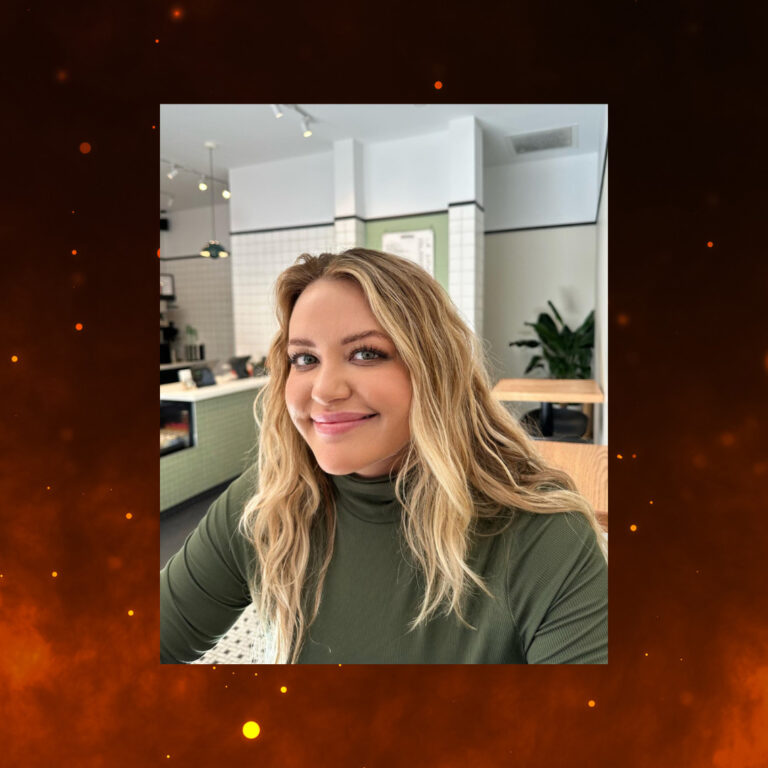[Note from Frolic: We are so excited to have Shanel Wermerskirchen write a series of scholarly articles for us about the relationship between the romance genre and libraries.]
Part 1 | Part 2 | Part 3 | Part 4 | Part 5 | Part 6
This six article series is a quest to get some answers, ask some questions, and learn more about how we can ensure an HEA between public libraries and Romancelandia. In this article, I’m going to discuss the core of the matter at hand……THE COLLECTION, THE B0O0oOOOoKS! *heart eyes*
But first, we have to talk a little about what the point of it all is.
The heart of a public library is its community. The people within its walls fill the space with a full range of human emotions. The sense of accomplishment from creating your first email account to apply for a job, the joy of finding the new release by Alyssa Cole, the companionship of dining with others in a communal meal for the first time since your spouse died, the wailing of children who don’t want to leave storytime, teens imagining adventures beyond this realm in D&D, a homebound patron calling and talking to a librarian to get information about local elections. A public library serves its community. Each one is different with different needs.
Chances are, there’s a romance reading public in every community. How can a public library adequately serve this portion of the population specifically through the materials on its physical and electronic shelves? I don’t do any collection development (book buying and purchase planning) at my library, so I looked to some research that exists and shamelessly hopped on board. Public libraries can’t implement every practice, but there are scalable lessons that can be taken and tailored to fit.
Here are the big takeaways:
- Be responsive to user requests
- Form community committees on collection development
- Have some multiples kits (aka 10 or so copies of a book available to check out for book clubs)
- Catalog properly
- Make room on the shelf for everyone and every subgenre
Responsive to User Requests
Like anything in life, there are about a million different models and theories of collection development. Each has their advantages and disadvantages, and each library should craft a collection plan that works best with their available resources and community. For this article and for the romance community, I’m focusing on Purchase on Demand collection development. When a Purchase on Demand system is in place and a user cannot find a material within their local public library, they are able to request that the library purchase it and add it to the collection. Two studies in academic libraries have shown that materials purchased through this model were checked out more than those purchased through traditional models.
This model can be especially useful for serving the romance reading community! Romance collections in public libraries are often incomplete. Having a Purchase on Demand model as a supplement to collection development policies gives public librarians an additional tool to fill in gaps in the collection and gives autonomy and power to Romancelandia. Romance readers are loyal readers and incredibly informed about the genre. While this model should certainly not stand in for librarians becoming versed in the genre, even the most well-informed and romance-friendly librarian is going to miss some titles. If the model is implemented, concerted efforts should be made to let the public know that this policy is in place, that the library is there to serve them. Why not empower the community to assist in collection development? Whiiiiiich brings me to my next point.
Community Committees on Collection Development
We’ve already covered the fact that historically libraries haven’t had the best relationship with Romancelandia for a whole host of reasons, including lack of information. As a librarian and information science professional (and human being living in the Internet age), you learn that information comes from nearly everywhere. The trick is selecting the best sources for the question at hand. When it comes to romance fiction collection development, why not go directly to the source? YOUR LOCAL MEMBERS OF ROMANCELANDIA!
Collection development committees consisting of board members and library staff are common. The same can be done for community members. A volunteer committee of local romance readers can discuss upcoming releases virtually or in-person and make their list of recommendations to the staff and board. Romance readers are plentiful, love to discuss books, and want to be engaged with the library. Citizen-expert panels will make up for some of the library’s blindspots and add invaluable perspective. What librarians think you want to read and what you actually want to read can be very different.
Multiples Kits
Have I already mentioned how much romance readers like to talk about books? Well buckle up, because I’m going tell you again WE LOVE TO TALK ABOUT THE BOOKS. The flourishing world of online Romancelandia is testament to the fact that romance readers desire a sense of community among other readers.
Public libraries often have book club kits or multiples kits that contain several copies of a single title for check out. These kits are wonderful for community members who host book clubs. However, it’s infrequent that romance novels find their way into kits. They may be considered “undiscussable” (EXCUSE ME), librarians may be biased against the genre, and they may think they don’t have wide appeal. *record scratch* This perception and practice needs to change. How will romance readers feel welcome and seen in a library if the only books deemed as “discussable” and worthy of book clubs don’t include the genre they love?
Catalog
One of the words you hear constantly in library school is, “metadata.” Which, summed up, is information about an item. In terms of a romance collection, it’s the information about the book that’s listed in the catalog. Author, title, genre, publisher, year of publication, subjects, synopsis, and its aboutness are all considered metadata. In some libraries, the romance collection may not be receiving the same level of professional cataloging attention as other genres. Instead of each individual item receiving a record with all of the above information, it may be cataloged in a group and listed in the catalog with only an item number, year of publication, and the name of the publisher. In this case, no one would have the ability to search or browse by title, author, or subject. Insufficient cataloging practices reduces user access to romance through decreased discoverability by staff and users. No one wins in this situation. Librarians can’t adequately serve readers and readers can’t find what they’re looking for. Romance fiction should be given the same level of professional diligence when it’s added to the collection.
Make Room on the Shelf for Everyone and Every Subgenre
Every love story deserves room on public library shelves, and we as librarians need to ensure they have a home in our stacks and in the hands of users. Publishing, romance publishing included, is overwhelmingly White, cis, non-disabled, and straight. Librarians have a responsibility to disrupt this, not repeat the error on library shelves, and select books for their collection that include own voices love stories with characters that reflect a diversity of races, genders, sexualities, religions, cultures, abilities, ethnicities, and ages. For resources on racial diversity in publishing, check out The Ripped Bodice’s State of Racial Diversity in Publishing. To see how a Wisconsin librarian duo audited their digital collection for diversity check this out. In addition to a diversity of authors and characters, a diversity of sub-genres should also be considered. Are there contemporary, erotic, historical, paranormal, suspense, spiritual, and western romances? Are serial or category romances there too? How about indie authors? (Pssst: this is for indie authors, look at Robin Bradford’s tips for getting into the library market).
For my next article in this series, I’ll be discussing how public libraries can engage with their romance readers beyond having a stellar collection. Stay tuned!
Want to read more about ideas that helped to inspire this article?
- Carrico, S., Leonard, M., Gallagher, E., & Shelton, T. (2016). Implementing and assessing use-driven acquisitions : A practical guide for librarians / Steven Carrico, Michelle Leonard, Erin Gallagher ; with contributions from Trey Shelton. (Practical guides for librarians ; Number 23). Lanham, Maryland: Rowman & Littlefield.
- Charles, J., & Linz, C. (2005). Romancing your readers: How public libraries can become more romance-reader friendly. Public Libraries, 44(1), 43-48.
- Taylor, J. (2007). Good for What? Non-appeal, Discussability, and Book Groups (Part 1). Reference & User Services Quarterly, 46(4), 33-36.Veros, V. (2015) A matter of meta: Category romance fiction and the interplay of paratext and library metadata. Journal of Popular Romance Studies, 5(1). Retrieved from http://jprstudies.org/2015/08/a-matter-of-meta-category-romance-fiction-and-the-interplay-of-paratext-and-library-metadataby-vassiliki-veros/
- Veros, V. (2019) Metatextual conversations: The exclusion/inclusion of genre fiction in public libraries and social media book groups. Journal of the Australian Library and Information Association, 68(3), 254-267.
About the Author:
Shanel Wermerskirchen Slater is a Teen and Information Services Specialist at a public library in eastern Iowa. Before becoming a resident of Library Land, she worked in a cultural museum as an event and program planner and as a political organizer. She believes in espresso in the morning, radical empathy, romance around the clock, and the power of an HEA to cure what coffee and chocolate can’t.
Instagram: @bookish_nel
Twitter: @bookishnel
Part 4 coming next Friday!













1 thought on “The Public Library and Romancelandia. Part 3: Collection and Catalog”
Thank you for this series! I’m starting my MLIS in the Fall and love romance so these have been a great read for me! I’m constantly shipping libraries and Romancelandia <3